RippleX Head of Engineering J. Ayo Akinyele has sparked renewed interest in the future of the XRP Ledger (XRPL) after releasing an in-depth analysis questioning whether the network could one day support native staking. His exploration arrives as Ripple leaders, including CTO David Schwartz and CEO Brad Garlinghouse, emphasize expanding XRPL’s capabilities beyond payments and deeper into decentralized finance (DeFi).
Akinyele noted that XRP’s role has matured significantly since its early days as a fast settlement asset. Today, it powers liquidity operations, real-time value movement, and tokenized asset flows. With the launch of the first XRP ETF marking a major milestone in mainstream recognition, Akinyele believes it is reasonable to revisit bigger questions about the asset’s future utility—including the potential for native staking.
He explained that implementing staking on XRPL would require major architectural changes because its existing Proof of Association consensus differs sharply from traditional Proof-of-Stake systems. Validators earn trust through performance rather than financial collateral, and transaction fees are burned instead of redistributed. For native staking to work, he said, the network would need a sustainable source of rewards and a fair mechanism to distribute them—both of which would reshape how value moves across XRPL.
Schwartz added perspective by outlining two experimental concepts circulating internally. One would introduce a two-layer consensus design in which a small group of validators is selected based on stake. The other would keep XRPL’s current model but use transaction fees to fund zero-knowledge proofs validating smart contract execution, reducing the need for nodes to run contracts directly. While innovative, Schwartz cautioned that neither approach appears practical in the near term due to complexity and limited immediate benefit.
With XRPL’s DeFi footprint still modest—about $75 million in TVL compared to Ethereum and Solana—native staking could theoretically attract new capital and strengthen XRP’s presence in the broader ecosystem. As programmability efforts progress, Ripple’s engineers view this moment as an opportunity to reassess what the next era of XRPL innovation may look like.





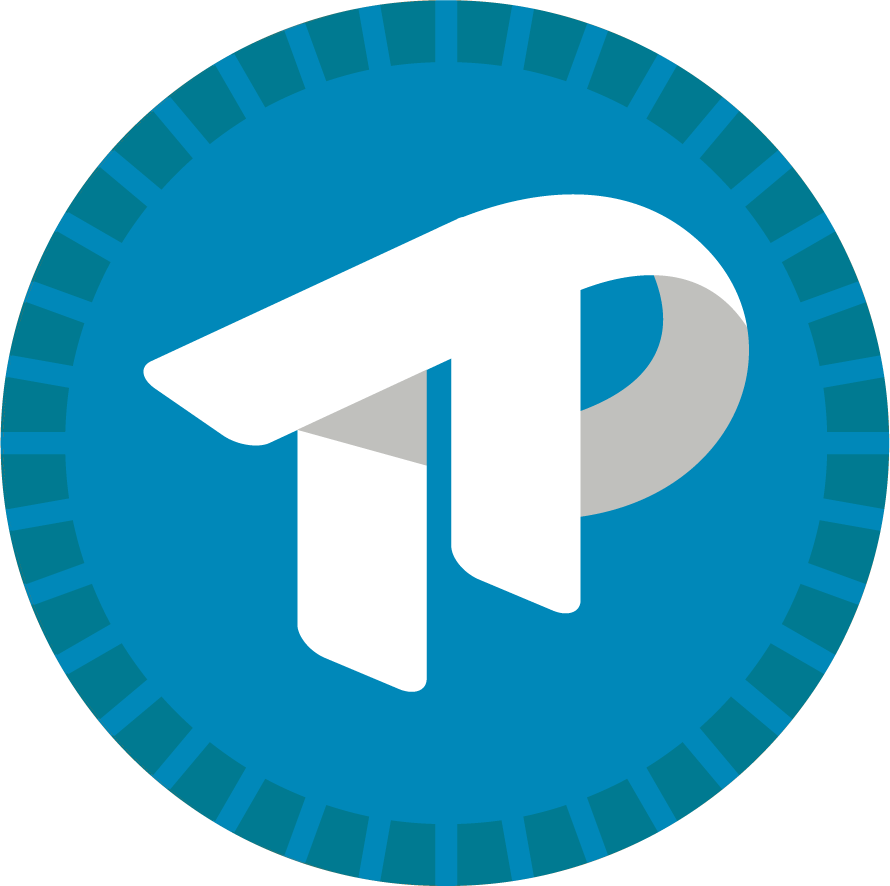
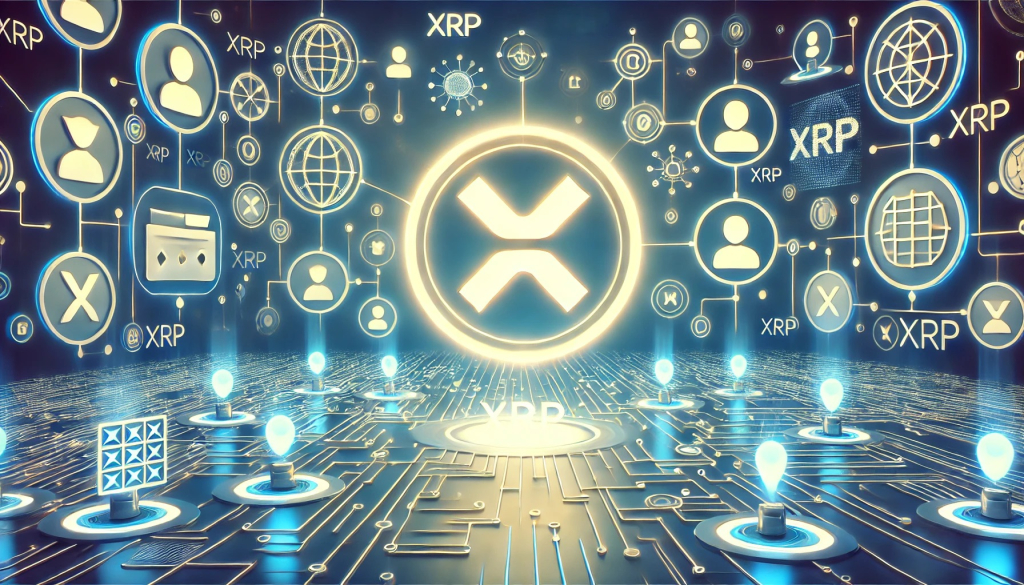
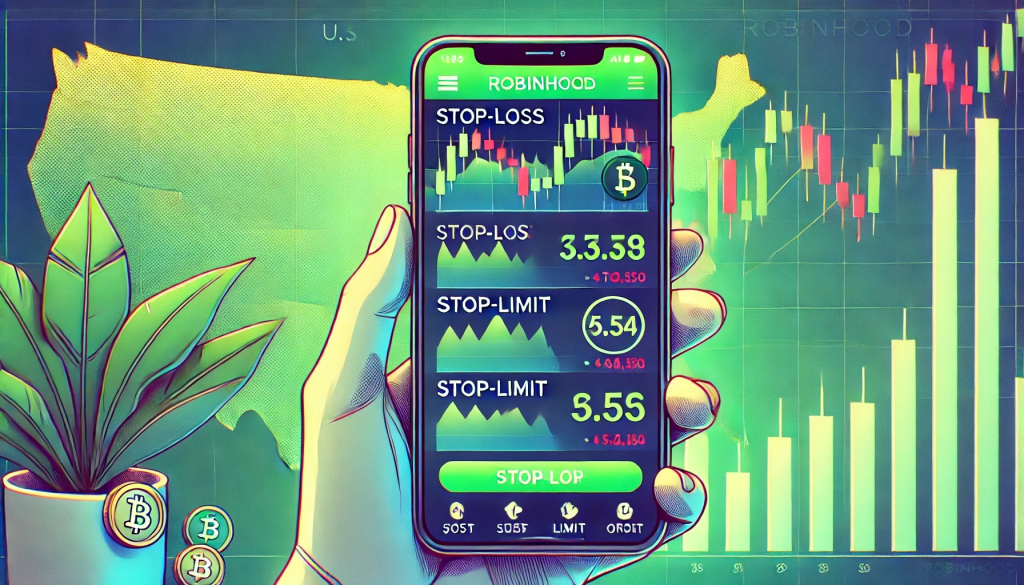










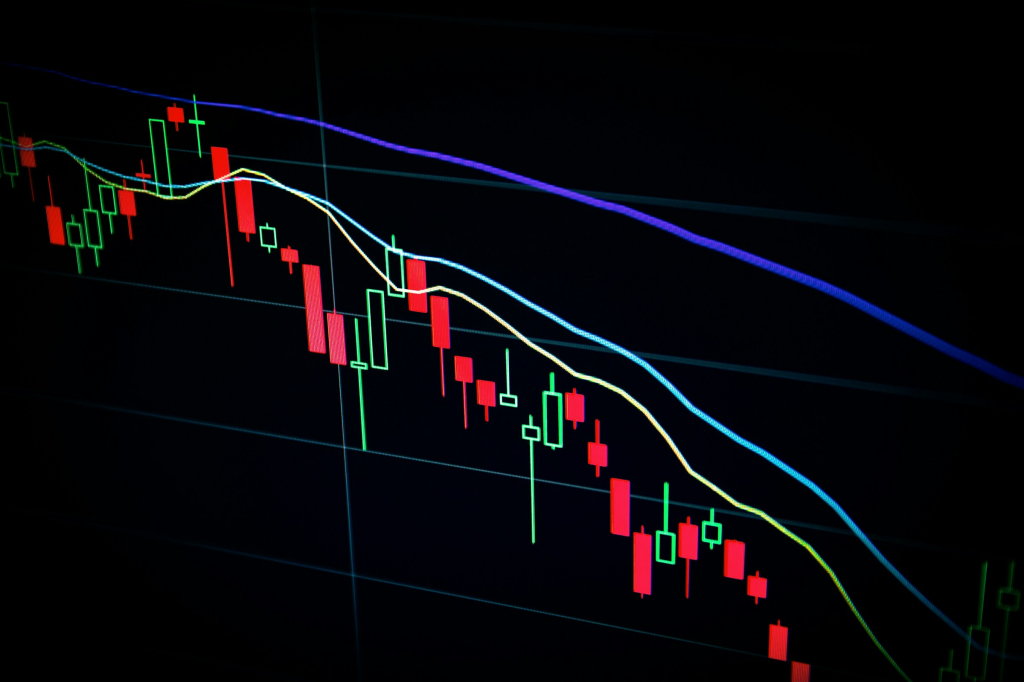




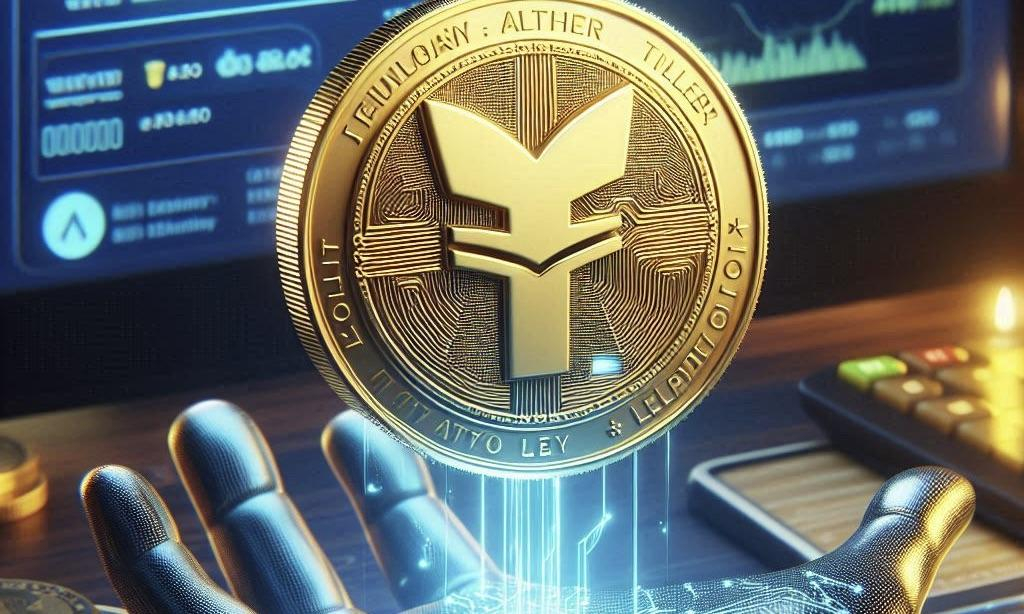


Comment 0